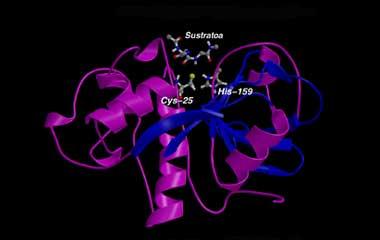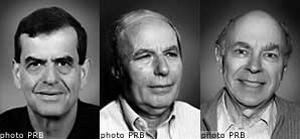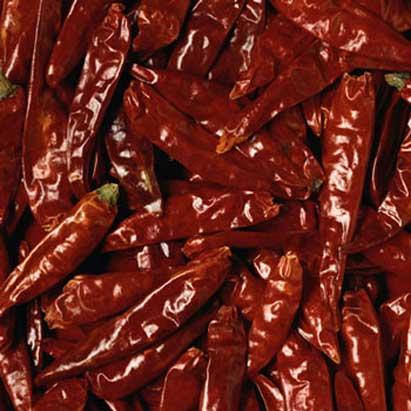The key to protein folding can be in the initial structure
2001/01/31 Roa Zubia, Guillermo - Elhuyar Zientzia
The basic question of biochemists is how are proteins bent? Many researchers are behind the answer. The chemical reactions the body needs are produced by proteins. And not only that. Some have special mechanical properties, flexibility, stiffness or support capacity. Others are carriers, carry molecules from one place to another or act as doors, introduce substances into the cell and extract others. Others are doctors, trap external bacteria and "eat."

However, this staff is not indestructible. They are long chains formed by amino acids and to fulfill their work well, the chain must get a precise position. If they don't do it correctly, they can't do their job and problems can arise. Long chains can have many folds, but only one has biological activity. A protein contains hundreds of amino acids, so the most powerful computer could not study all the possibilities. However, during the formation of proteins in cells, they fold themselves effectively. It is a mystery about how nature invents.
Scientists know that good appearance is limited by two factors. The first is the relationship between the remote parts of the chain. These joints are made by special amino acids that are known. The second is the water hobby of amino acid groups located in the final structure. In proteins that must work in the cell cytoplasm (water), amino acids that must come into contact with the medium are urinary. The "skin" of the protein should be hydrophilic.
Despite all this, scientists do not have a method to say how a certain chain of amino acids is tolerated. To know this they have to see it experimentally, but this process requires in most cases a research of years for a single protein. That is why there are many groups that investigate this issue. Those who find the answer will easily open the doors to the Nobel Prize.
One of these teams is led by the biochemist of the Wilfred van Gunster in Zurich. Gunsteren investigates the plegations of small portions of proteins formed by seven amino acids. Their results are encouraging. A good analysis of unfolded structures considerably reduces the number of options available from the beginning. This reduces the feeding of the software and facilitates folding simulation.

Gai honi buruzko eduki gehiago
Elhuyarrek garatutako teknologia






